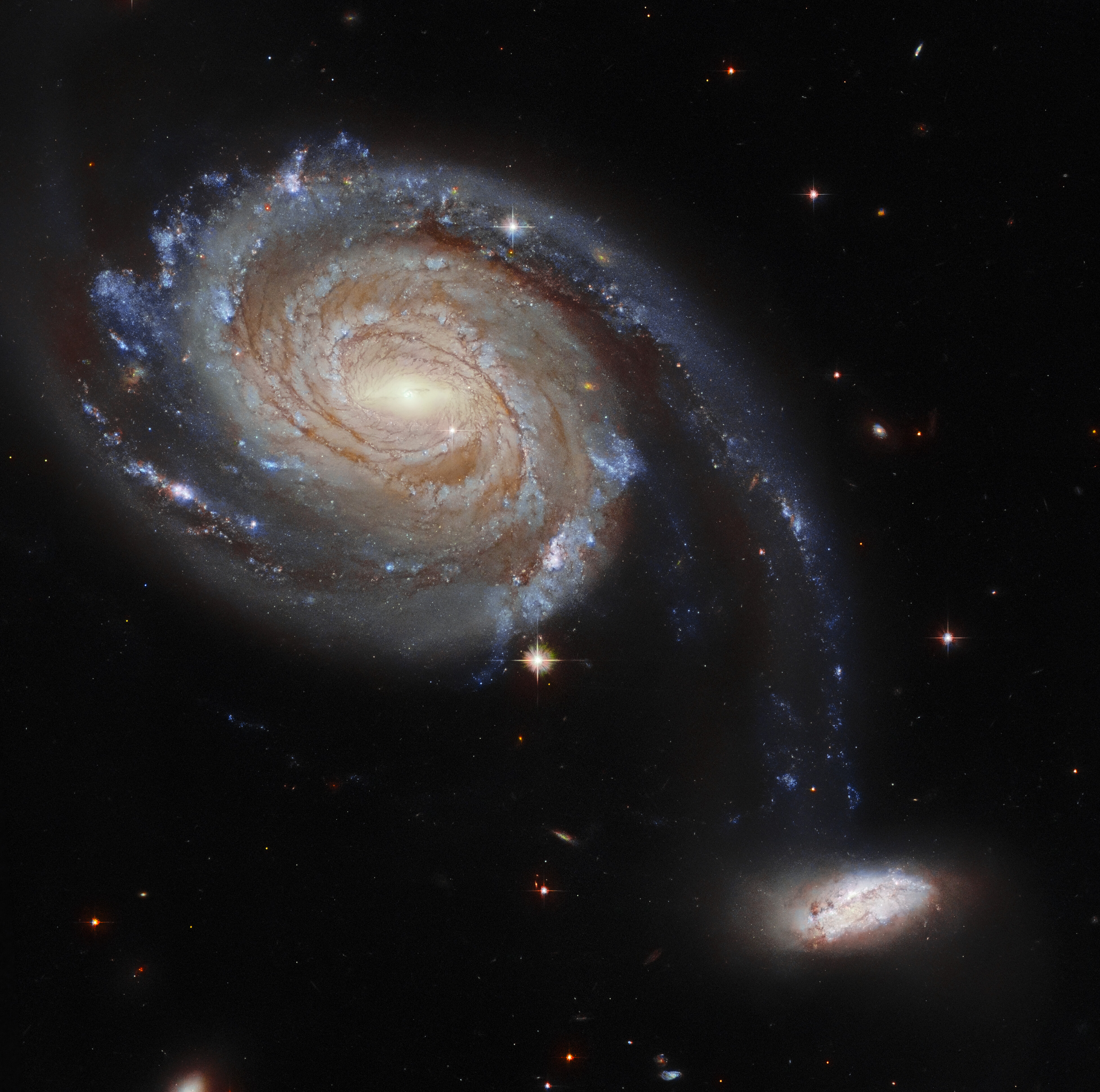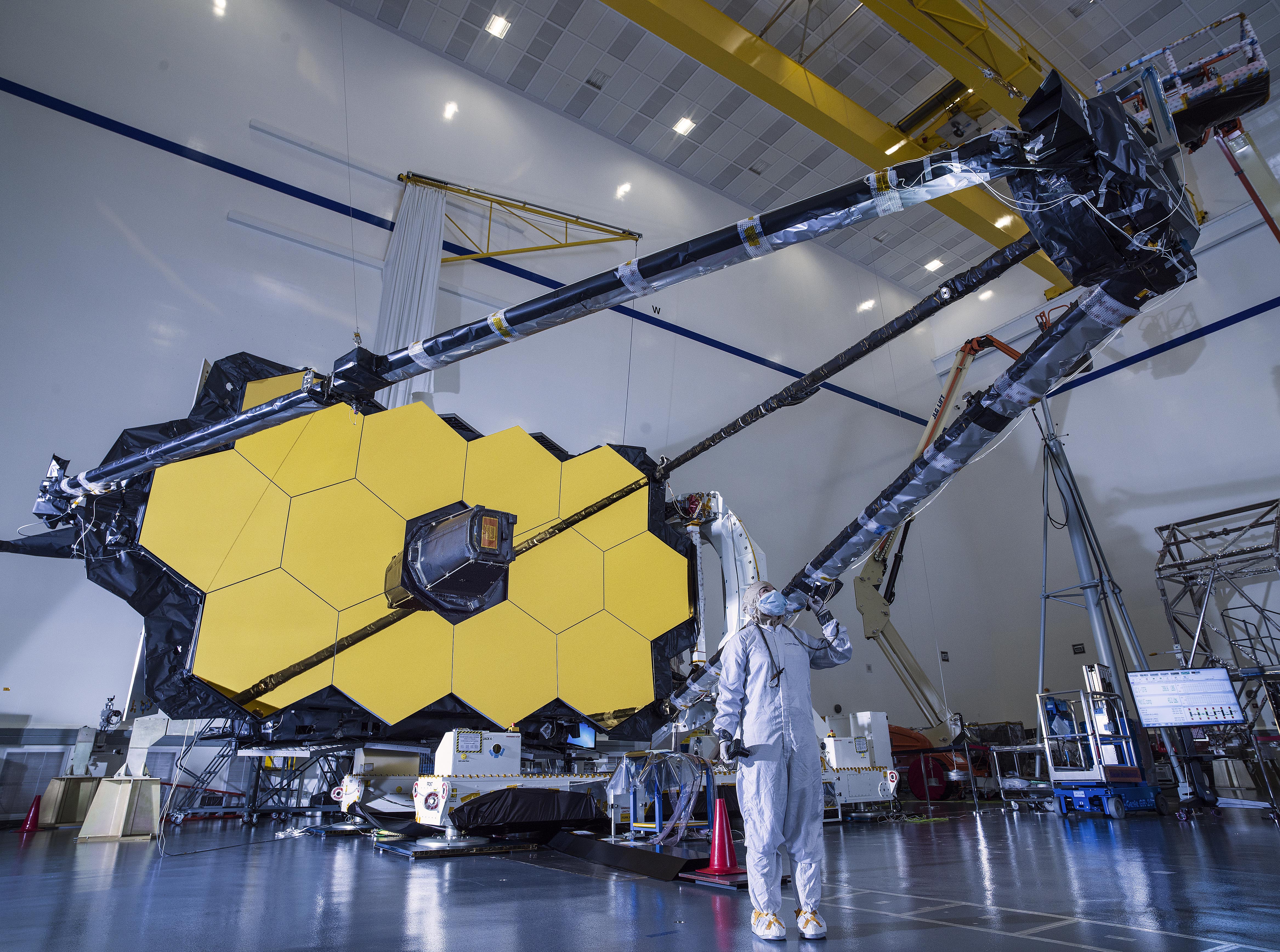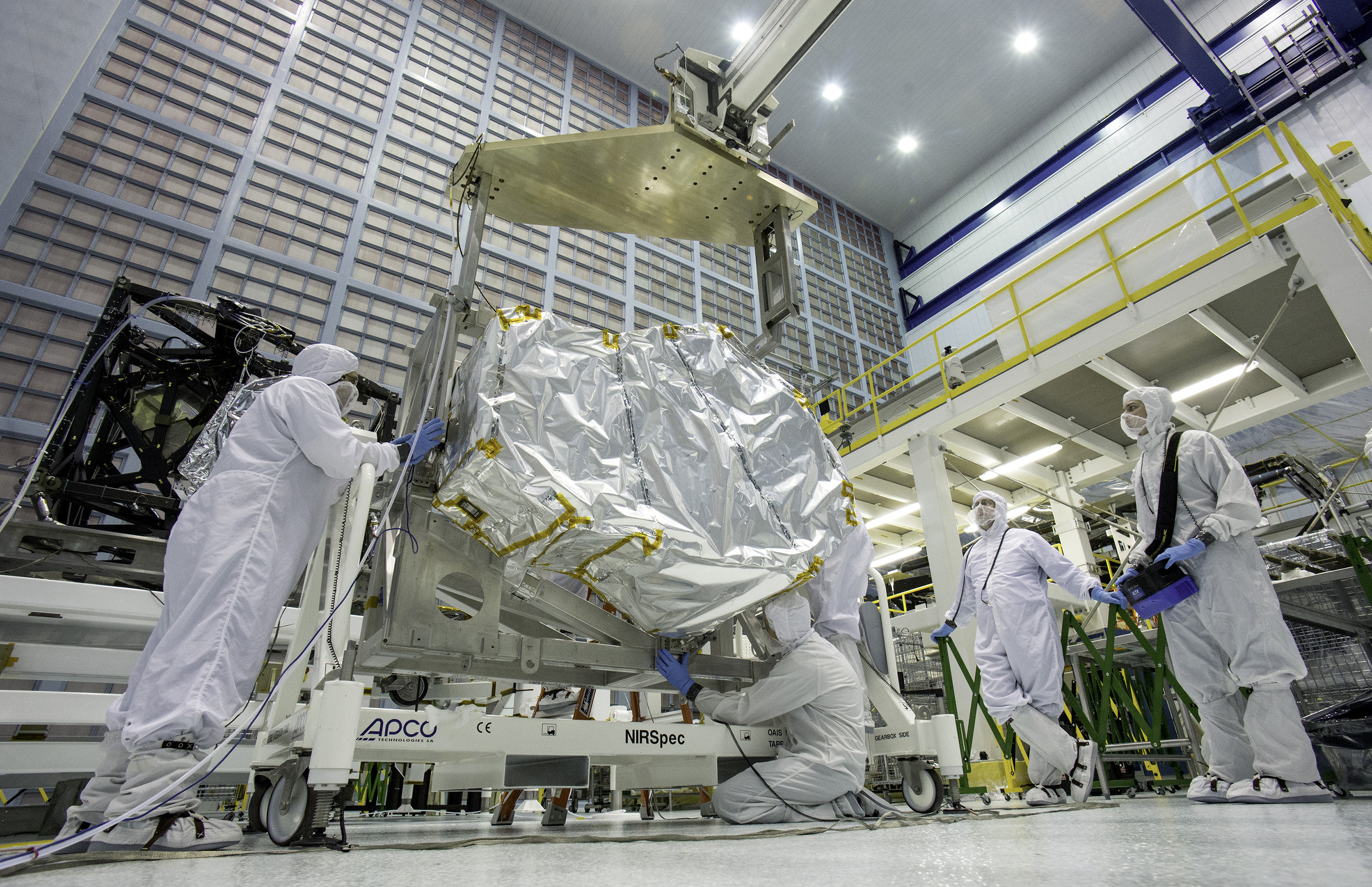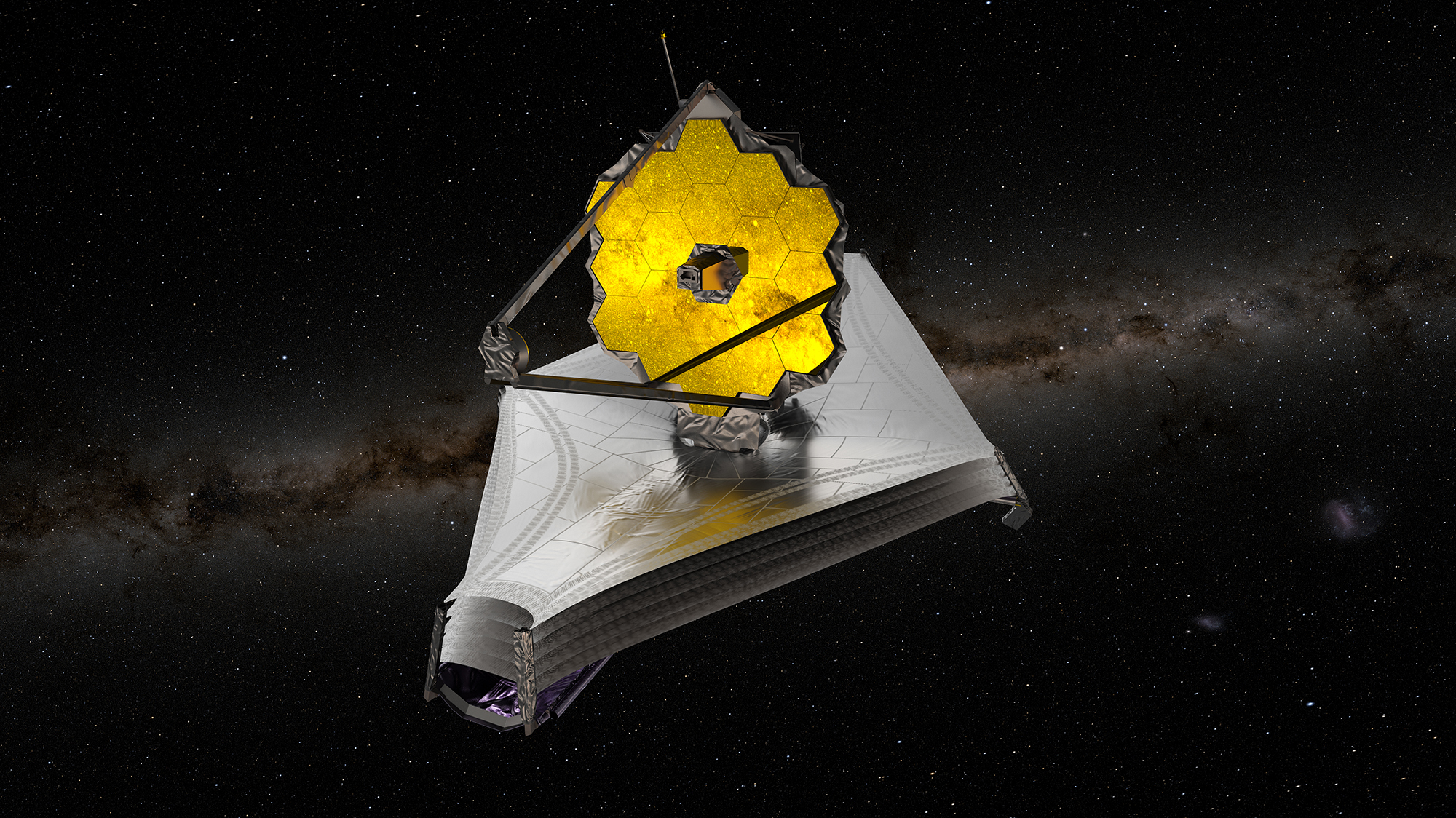One month after its launch from the base in Kourou, French Guiana, the James Webb Space Telescope, carried by an Ariane 5 rocket, reached its observation point 1.5 million kilometres from Earth. Now the telescope is located in an area called the second Lagrange point (L2), where the influences of the Earth, Moon and Sun counterbalance each other, and it has begun a lengthy phase of aligning optical instruments to be able to start its scientific mission.
Named after James Webb, the second administrator of the National Aeronautics and Space Administration (NASA) during the Gemini, Mercury and Apollo programmes, the James Webb Space Telescope (JWST) will revolutionise our knowledge of the Universe. The visionary project of NASA, the European Space Agency (ESA) and the Canadian Space Agency (CSA) is looking beyond human imagination, to reveal to us what is hidden in the remote abysses of the Universe.
It is a crucial mission – the study of the Universe’s evolution – that has been entrusted to the mirrors, lenses and spectrographs of the JWST, the successor of the Hubble telescope, which has been collecting data and precious information on the entire Universe for the past 30 years.

Arp 86 - © ESAHubble and NASA, Dark Energy Survey, J. Dalcanton






